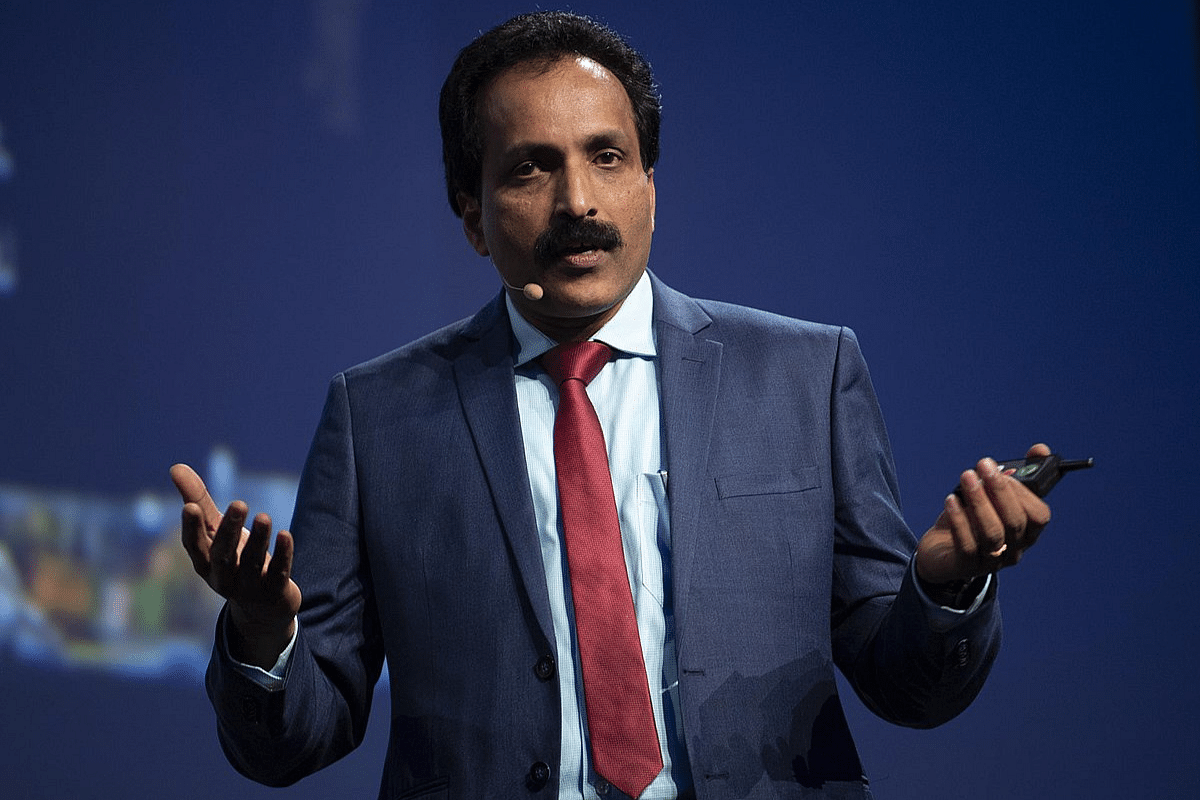News Brief
ISRO To Continue Chandrayaan Missions Until Indian Astronaut Lands On Moon, Says Chairman S Somanath

ISRO chairman S Somanath. (File Photo)
Indian Space Research Organisation (ISRO) chairman, S Somanath, announced on Wednesday (17 April) that the space agency plans to continue its Chandrayaan series of lunar probes until an Indian astronaut successfully lands on the Moon.
This ambitious plan follows the successful soft landing of Chandrayaan-3 on the Moon's south pole in August last year, marking India as the first nation to accomplish such a feat.
“Chandrayaan 3 has done very well. Data has been collected and scientific publication has just started. Now, we want to continue the Chandrayaan series till an Indian lands on the Moon. Before that, we have to master many technologies, such as going there and coming back. That we are trying to do in the next mission,” Somanath explained to reporters on the sidelines of an event, news agency PTI reported.
Somnath was in Ahemdabad as the chief guest of a programme organised by the Astronautical Society of India.
The ISRO chairman also provided updates on India's first human spaceflight mission, Gaganyaan.
The mission schedule includes an uncrewed mission, a test vehicle flight, and an airdrop test set for 24 April, with additional uncrewed missions planned for the following year.
"If all proceeds as planned, we aim to launch the manned Gaganyaan mission by the end of next year," he noted.
The Gaganyaan project is designed to demonstrate India's capability for human spaceflight by sending a crew of three astronauts to a 400 km orbit for a three-day mission, with a safe return to Earth, landing in Indian territorial waters.
Somanath also informed about the further advancements in ISRO's technology include the development of a new Carbon-Carbon (C-C) nozzle for rocket engines, intended to be used in the Polar Satellite Launch Vehicle (PSLV).
The C-C nozzle, which is lighter than its metal counterparts and capable of withstanding higher temperatures, offers significant improvements in engine efficiency and payload capacity.
On April 16, ISRO had released a statement confirming the breakthrough in developing this lightweight C-C nozzle, which is expected to increase the thrust, specific impulse, and thrust-to-weight ratios of rocket engines, further boosting the payload capacity of the Indian space agency's launch vehicles.
Support Swarajya's 50 Ground Reports Project & Sponsor A Story
Every general election Swarajya does a 50 ground reports project.
Aimed only at serious readers and those who appreciate the nuances of political undercurrents, the project provides a sense of India's electoral landscape. As you know, these reports are produced after considerable investment of travel, time and effort on the ground.
This time too we've kicked off the project in style and have covered over 30 constituencies already. If you're someone who appreciates such work and have enjoyed our coverage please consider sponsoring a ground report for just Rs 2999 to Rs 19,999 - it goes a long way in helping us produce more quality reportage.
You can also back this project by becoming a subscriber for as little as Rs 999 - so do click on this links and choose a plan that suits you and back us.
Click below to contribute.
Latest